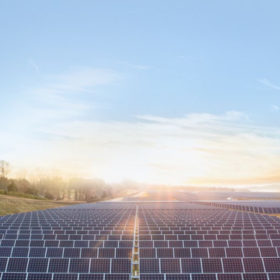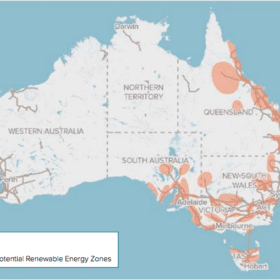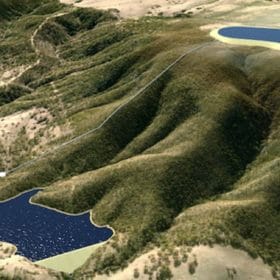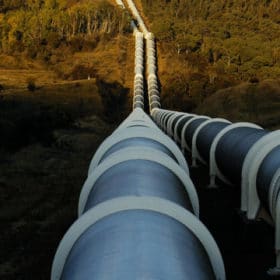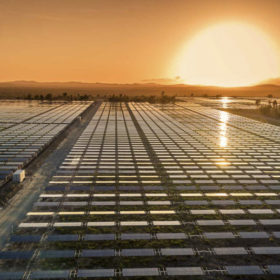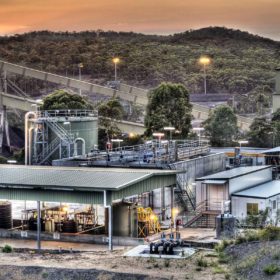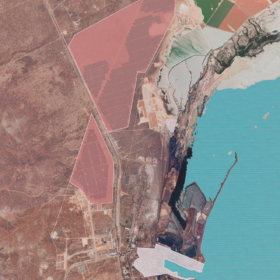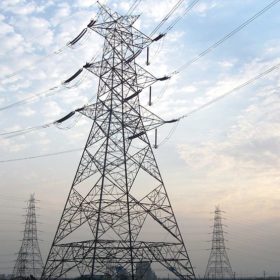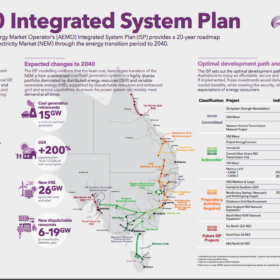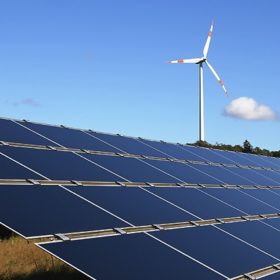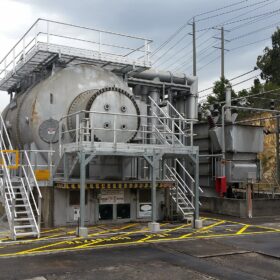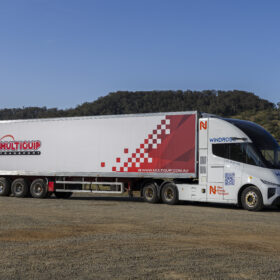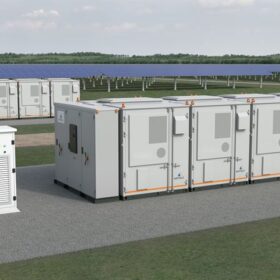Investor sentiment in Australian renewables turns to the overwhelmingly positive!
MinterEllison’s second annual ‘Renewables Investment Report’ finds that over the past year Australia has become a safe haven for investment… The maturity of its renewable opportunities seems to outweigh existing challenges.
Government advisors class multiple renewable projects among Australia’s highest infrastructure priorities
Australia’s infrastructure advisory body has added a number of renewable energy-related projects to its priority list, recognising the need for investment in the “once-in-a-lifetime transition from thermal generation to intermittent renewables.”
Atco firming to build 325 MW pumped hydro project in NSW
Canadian behemoth Atco has purchased the rights to develop the 325 MW Central West Pumped Storage Hydro Project in Central West New South Wales and credits the investment to policy certainty from the NSW Government. As a significant firming agent the project is ideally placed in the state’s proposed Central West-Orana Renewable Energy Zone
GE Renewable Energy signs on to 400 MW pumped hydro project
A proposed 400 MW pumped hydro storage project is on track to become the first of its kind to be completed in Queensland in more three decades after industry giant GE Renewable Energy provided its backing for the project.
2020 Year in Review
Soon 2020 will only be a worry to future high-school history students. But when they ask us if anything good at all happened in 2020, remember this review and tell them that solar PV shone in the darkness. Despite the mess of it all, 2020 has been another good year for Australian solar. The industry has demonstrated resilience, and significant progress has been made in the fields of energy storage, green hydrogen and others.
Hydro storage project pumps new life into old coal mine
Mining company Centennial Coal has received more than $5 million in government funding to investigate the feasibility of turning an old underground coal mine near Newcastle into a pumped hydro storage site which could supply 600 MW of renewable energy to the grid.
The South Australian renewable energy crucible – perspectives from macro to micro
One of the few benefits of COVID-19 is the ability to virtually attend conferences that may previously have been a plane ticket too far. Tomorrow’s South Australian Renewable Energy Conference is a window of opportunity …
Labor’s Albanese envisages a nation rewired for rebound from recession
Australia needs more transmission and network capacity to efficiently use its vast, distributed renewable-energy resources, and to enable transition to a low-cost, zero-carbon electricity supply. In the Australian Opposition’s Budget in Reply it aims to make Australia’s inherent wealth work better for the nation, and puts transmission infrastructure upgrade at the centre of the country’s recovery from Covid-19.
AEMO’s 2020 ISP: A roadmap to the world’s fastest energy transition
If it was designed with a focus on reliability, security and the lowest cost for consumers, Australia’s main electricity grid would see periods in which nearly 90% of demand is met by renewable generation. A diverse portfolio of distributed energy resources and large-scale solar and wind generation supported mainly by pumped hydro and batteries would ensure the least-cost transition as the nation’s coal plants retire. Adequate investment in transmission infrastructure will be instrumental in making this a reality.
Australia’s renewables pipeline continues to grow at record speed led by solar PV
The Australian renewables sector was not immune to a host of challenges that marked the first half of the year, but the pipeline of renewable energy projects in the country reached new heights. While new construction dipped to a four-year low and financial close remained out of reach for a great number of projects, the second half of the year is looking more positive, according to Norwegian consultancy Rystad Energy.
